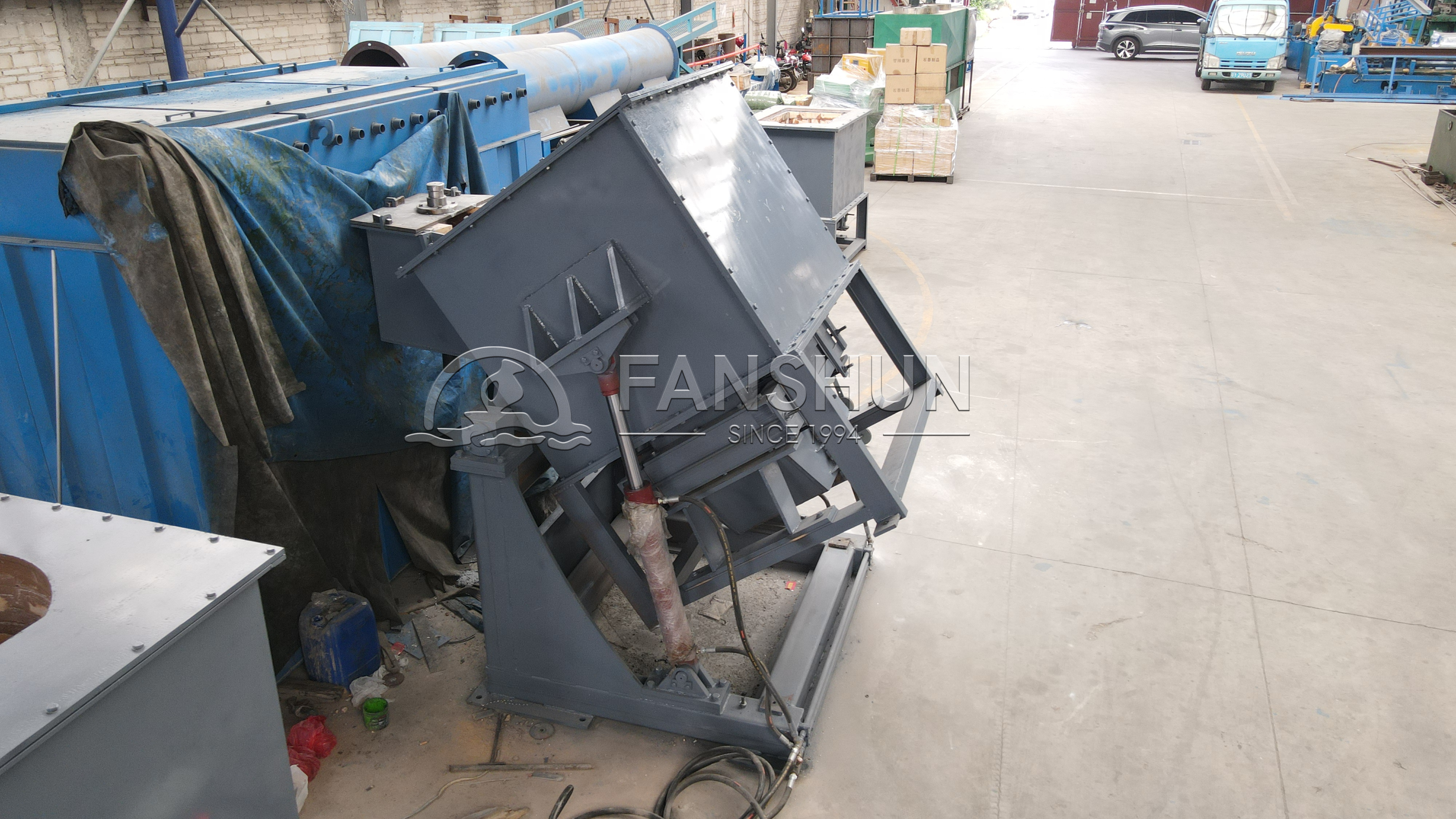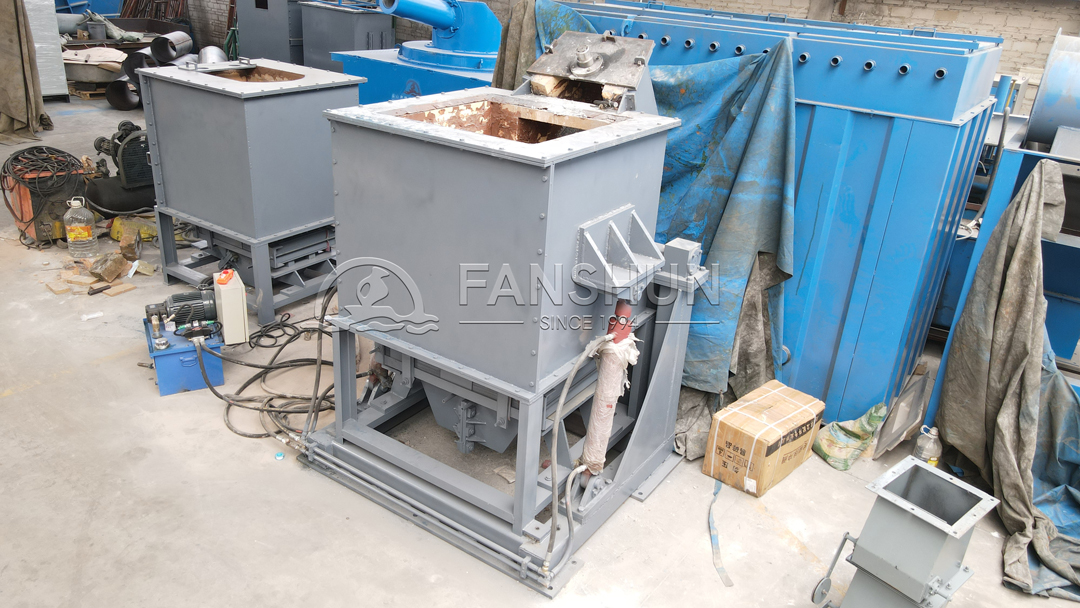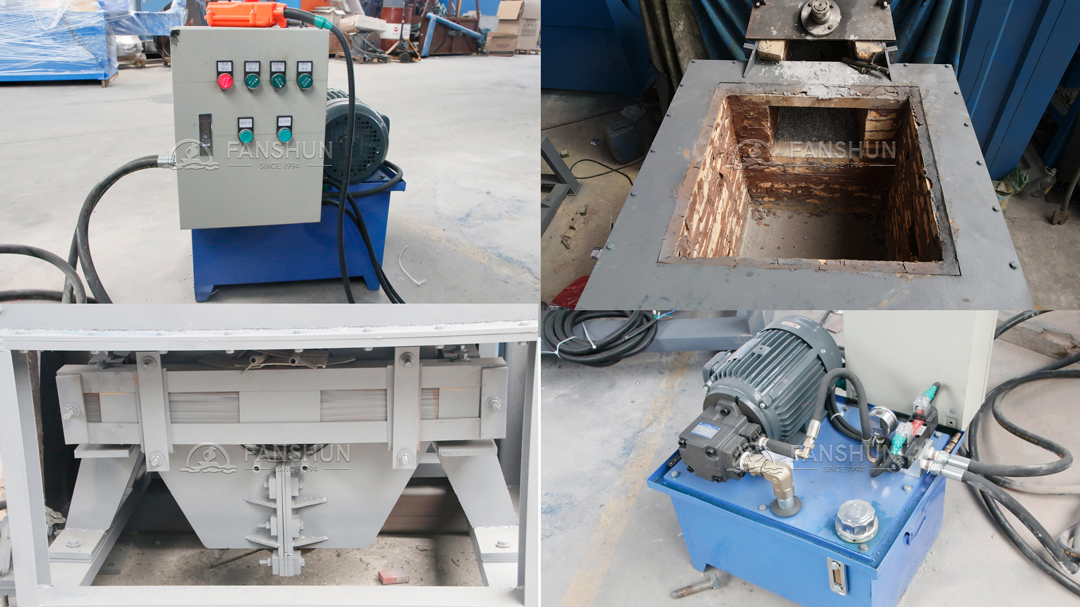What Are the Advantages of a Mains Frequency Core Furnace in the Melting of Copper, Aluminum, and Alloys?
In today’s global metal industry, the question of efficiency and reliability in smelting technology is drawing unprecedented attention. Among many options, the Mains Frequency Core Furnace has emerged as a central solution, offering a range of advantages in the melting of copper, aluminum, and alloys. Industry analysts point out that this technology is not only a cost-effective replacement for conventional systems but also an answer to increasing demands for sustainable, high-quality metal production.
The Mains Frequency Core Furnace is often compared with different types of equipment such as the copper melting furnace, the electric smelting furnace, the metal smelting furnace, and the iron smelting furnace. Each of these furnaces serves a unique role in industrial production, but the Mains Frequency Core Furnace stands out for its ability to provide stable power, uniform heating, and precise temperature control.
Industry Context and Growing Demand
With global demand for copper, aluminum, and iron rising steadily, manufacturers are under pressure to improve smelting performance while lowering energy consumption. The copper melting furnace is widely used in electrical industries, while the iron smelting furnace continues to dominate steel production. The electric smelting furnace and metal smelting furnace are employed across multiple sectors, from construction to automotive. However, many producers face challenges with high operational costs, uneven heating, and frequent maintenance.
This is where the Mains Frequency Core Furnace demonstrates its superiority. By using a stable mains frequency power supply and a core inductor design, it ensures efficient conversion of electricity into thermal energy. Compared to a conventional copper melting furnace or iron smelting furnace, the Mains Frequency Core Furnace reduces energy waste and increases consistency in the smelting process.
Advantages in Copper, Aluminum, and Alloy Melting
One of the most significant strengths of the Mains Frequency Core Furnace is its adaptability. Whether it is used as a copper melting furnace, an electric smelting furnace, or a metal smelting furnace, it guarantees uniform heating across the molten bath. This minimizes impurities and ensures that the final product meets strict industry standards.
For copper production, the Mains Frequency Core Furnace offers a direct alternative to the traditional copper melting furnace, delivering smoother operations and lower maintenance costs. In aluminum and alloy production, it performs as effectively as a metal smelting furnace, producing consistent, high-quality output. In heavy industry, where the iron smelting furnace is essential, the Mains Frequency Core Furnace can integrate seamlessly into the process, acting as both a primary smelting solution and a supporting electric smelting furnace.
Comparative Performance
Industry tests reveal that when the Mains Frequency Core Furnace is compared with a conventional copper melting furnace, it delivers up to 20% energy savings. Against an electric smelting furnace, it requires less complex maintenance while ensuring similar or higher levels of productivity. As for the iron smelting furnace, which is often associated with massive scale production, the Mains Frequency Core Furnace can be deployed in medium-scale operations where flexibility and efficiency are prioritized. In these scenarios, it performs not only as a metal smelting furnace but also as a reliable alternative to energy-intensive systems.
Experts further emphasize that a Mains Frequency Core Furnace reduces thermal losses due to its compact design. By acting as a copper melting furnace, it minimizes oxidation; by functioning as an iron smelting furnace, it maintains stable metallurgical properties. This versatility allows it to replace multiple furnace types—including the electric smelting furnace and the metal smelting furnace—depending on production needs.
Expert Opinions and Market Trends
According to metallurgical engineers, the Mains Frequency Core Furnace represents a new balance between efficiency and affordability. One expert stated: “The Mains Frequency Core Furnace is not only a reliable copper melting furnace but also a practical electric smelting furnace. It provides the advantages of a traditional metal smelting furnace while being as durable as an iron smelting furnace. This combination makes it highly attractive to small and medium-sized foundries.”
Market analysts also report a rising adoption of the Mains Frequency Core Furnace in regions where electricity supply is stable and cost reduction is a priority. Small copper producers are replacing their old copper melting furnace units, while alloy manufacturers view it as a viable substitute for a metal smelting furnace. In the iron and steel sector, the Mains Frequency Core Furnace is being deployed alongside the iron smelting furnace to balance output and efficiency.
Conclusion
In conclusion, the Mains Frequency Core Furnace is proving to be a transformative force in modern metallurgy. Whether applied as a copper melting furnace, an electric smelting furnace, a metal smelting furnace, or even an iron smelting furnace, it consistently demonstrates advantages in efficiency, reliability, and cost control.
As industries strive to meet the growing global demand for copper, aluminum, and alloys, the question—What are the advantages of a Mains Frequency Core Furnace in the melting of copper, aluminum, and alloys?—is answered clearly: it offers energy savings, consistent product quality, reduced maintenance, and versatile applications across multiple sectors.
The future of smelting may not lie solely in the copper melting furnace, the electric smelting furnace, the metal smelting furnace, or the iron smelting furnace, but in the integrated, adaptable design of the Mains Frequency Core Furnace.




